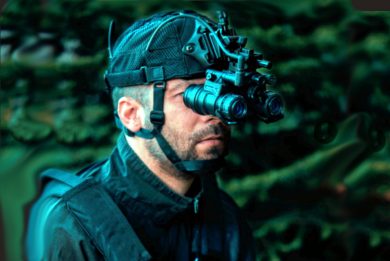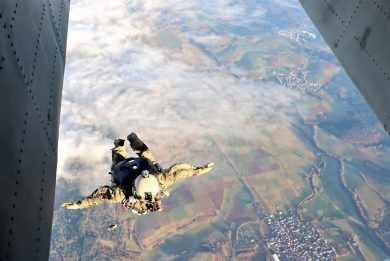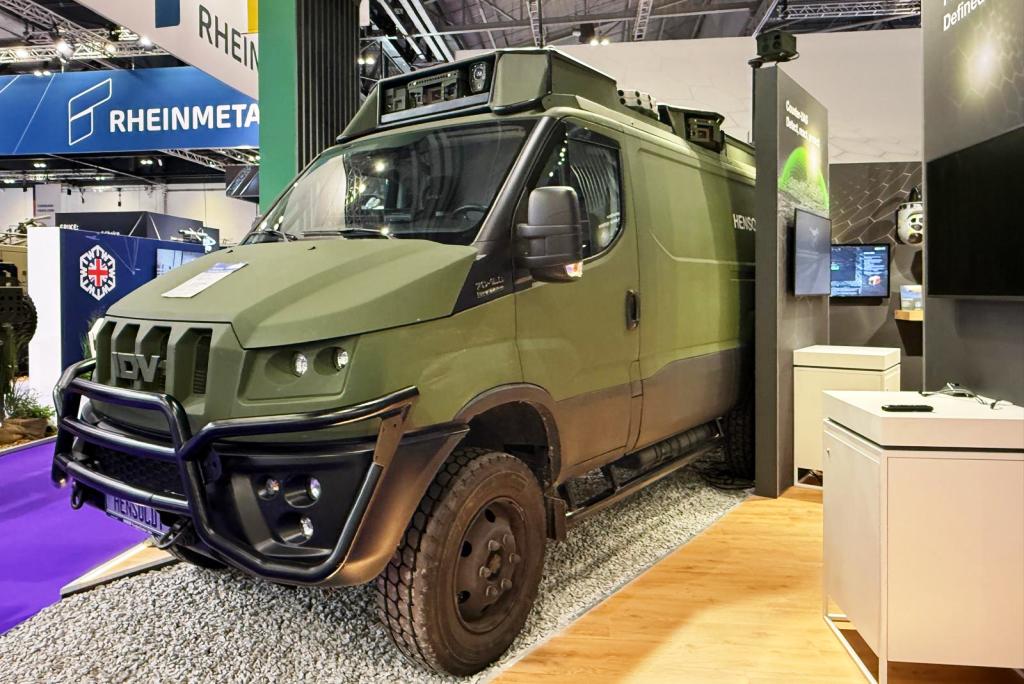
DSEI 2025 – Hensoldt unveils revolutionary Software-Defined Defence and other multi-domain developments
As Europe faces mounting security challenges, Hensoldt is pioneering Software-Defined Defence (SDD) as a foundation for multi-domain operations and digital sovereignty, and at DSEI 2025 presented its last innovations
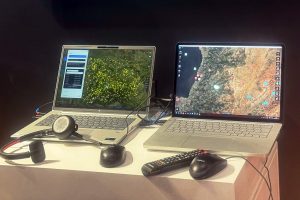
At the London exhibition, among the wide range of multi-domain products the company presented its Aiona modular platform, a chatbot-like AI solution, which complements the suite of advanced ground sensors integrated on board the Multi Utility Vehicle (MUV), based on the all-terrain 7 tonnes chassis from IDV. By combining these capabilities, Hensoldt provides the tools for creating integrated tactical situation bubbles for modern forces, capable of responding to complex, multi-domain scenarios.
In addition to a range of well-known optronic solutions including the SETAS (See Through Armour System) day/night 360° under hatch situational awareness for armoured vehicles and the MUSS 2.0 (Multifunctional Self-Defence System) comprehensive and layered suite for medium-weight armoured protected platforms, Hensoldt unveiled its new Target Acquisition & Reconnaissance Optronical Sighting System (TAROSS). The TAROSS is a modular, cost-effective, scalable electro-optical sensor system designed for use on remote weapon stations, medium-calibre turrets, light reconnaissance vehicles and unmanned ground vehicles. It offers a direct interface to Hensoldt’s Ceretron solution. The latter combines sensors, fusing their data streams, evaluating and processing them in seconds to provide an AI-supported operational picture to the crew, thus enabling them to make smarter decisions even faster.
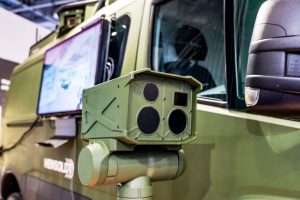
The TAROSS, which at DSEI was mounted on a tripod, can be equipped with a variety of customised sensor sets; it is available with a fully stabilised pan-tilt unit and with cooled or uncooled thermal imaging cameras, in either horizontal or vertical set-up. Hensoldt offers the TAROSS in three different configuration and 9-12 kg mass depending on the sensor set: Short, Medium and Long Range. While all three are fitted with a full HD daylight sensor, the Short and Medium Range versions feature an uncooled LWIR thermal channel, while the Long Range one is equipped with a cooled MWIR. All three are fitted with a Laser Range Finder and are NGVA-ready.

The combination of these solutions significantly enhances tactical reconnaissance which is based on the synergy between high-precision aerial surveillance and multi-sensor ground perception. By merging these data, they offer a comprehensive, real-time tactical overview. In doing so, Hensoldt implements the concept of Software-Defined Defence (SDD) seen as a force multiplier by many western armed forces. SDD is the concept of delivering military capabilities primarily through flexible and modular software with open interfaces rather than fixed hardware. This enables forces to adapt their systems during operations – adding functions, integrating sensors, or enhancing AI-based decision support in near real time. At the same time, SDD addresses a core NATO challenge: interoperability. Open, software-based interfaces allow systems from different nations to be connected rapidly and pragmatically, without waiting for lengthy standardisation processes. This significantly enhances both operational agility and coalition effectiveness. By bringing solutions together, Hensoldt offers a robust response to contemporary defence requirements, integrating modularity, effective sensor fusion and artificial intelligence into highly mobile and adaptable platforms.
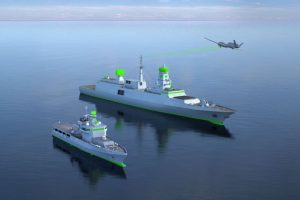
At DSEI 2025 Hensoldt also announced a key development in the naval domain: following international success in the land domain, an initial contract for a Spexer family naval application was awarded by a NATO unnamed country, making it the launch customer in this domain. The naval version, according to Hensoldt, focuses on the detection and defence against drones at sea. Additionally, the Spexer radar scans the sea surface for anti-ship missiles and submarine periscopes. “The Spexer 2000 has found success in the land domain, as part of Rheinmetall Air Defence’s new Skyranger 30 anti-aircraft gun tank (FlakPz) and is used in the German C-UAS programmes for the protection of field camps (ASUL), HoWiSM (high-energy laser for drone defence) and German Armed Forces’ NNbS air defence system for close and short-range protection,” the press statement reports. The Spexer 2000 3D MkIII solution is an X-band, AESA multi-panel full coherent pulse Doppler radar; its single fixed face antenna has an azimuth and elevation coverage of respectively 120 and 90 degrees, four antennas offering 360 degrees coverage. More than 180 radars have been sold and are in service with eight countries, integrated with soft and hard kill effectors.
During the exhibition, Hensoldt and real-time analytics pioneer KX have formalised a strategic relationship with the signing of a Memorandum of Understanding, marking a joint commitment to advance real-time data capabilities for modern defence operations. “By integrating KX’s ultra-low latency analytics with Hensoldt’s multi-domain intelligence, surveillance, and reconnaissance (ISR/SIGINT) systems, the two companies aim to deliver faster, smarter situational awareness to armed forces – starting with the German military and approved international partner,” said the joint press statement.
Photos courtesy Hensoldt, L. Peruzzi and J. Roukoz

